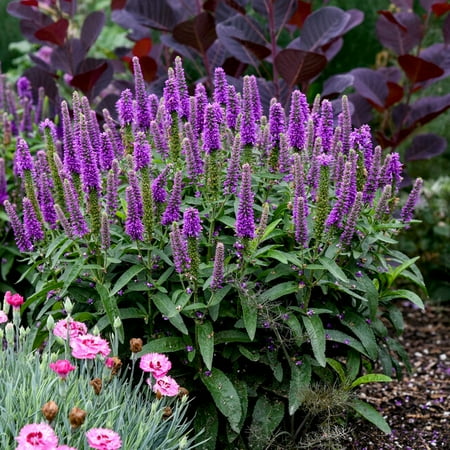How to grow veronica – for an easy-going flowering perennial that will erupt with color every summer
This low-maintenance flowering plant is perfect for time-short gardeners

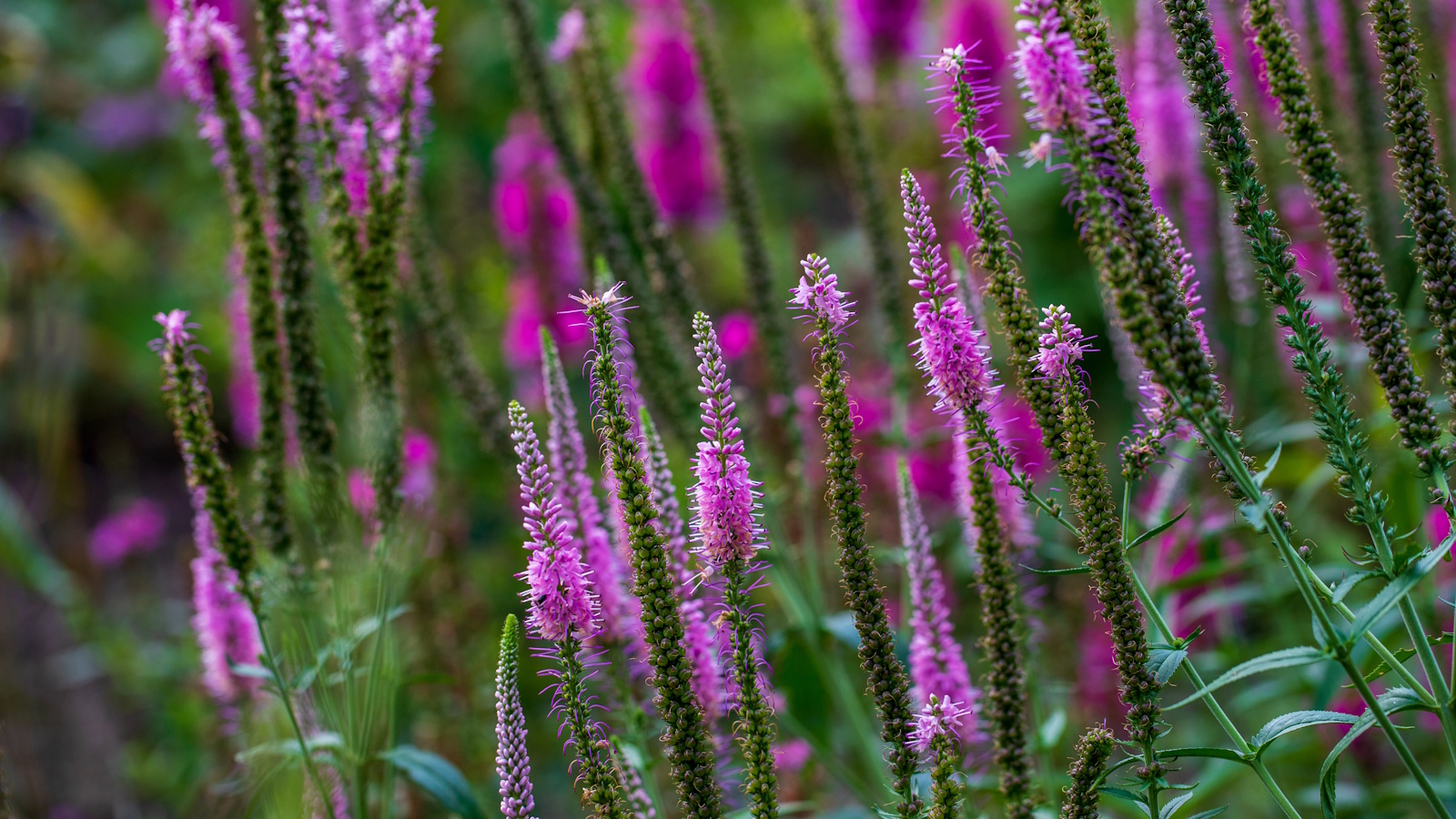
If you enjoy tall flower spikes in backyard borders, for height and structure alongside your low-growing perennials, then I do not think you can do much better than Veronica spp.. Also known as speedwells, veronica plants erupt in colorful flowers from midsummer, oftentimes lasting right up until October or even November.
A few years back, I grew a pale pink variety in a London garden, Veronica spicata 'Heidekind', which produced pastel-colored blooms for much of July and August. Alongside white dahlias (I love the star-shaped Dahlia 'Honka Fragile') and Cosmos 'Pink Lemonade', it was blush perfection.
There are many different varieties of veronica to choose from, including lofty purple bloomers and low-growing whites and magentas. So, whatever your preference for size, shape and style, you are sure to find one that is perfect for your backyard. Here's everything I know about growing these perennials, including tips on how to grow veronica in pots and borders, pruning and feeding.
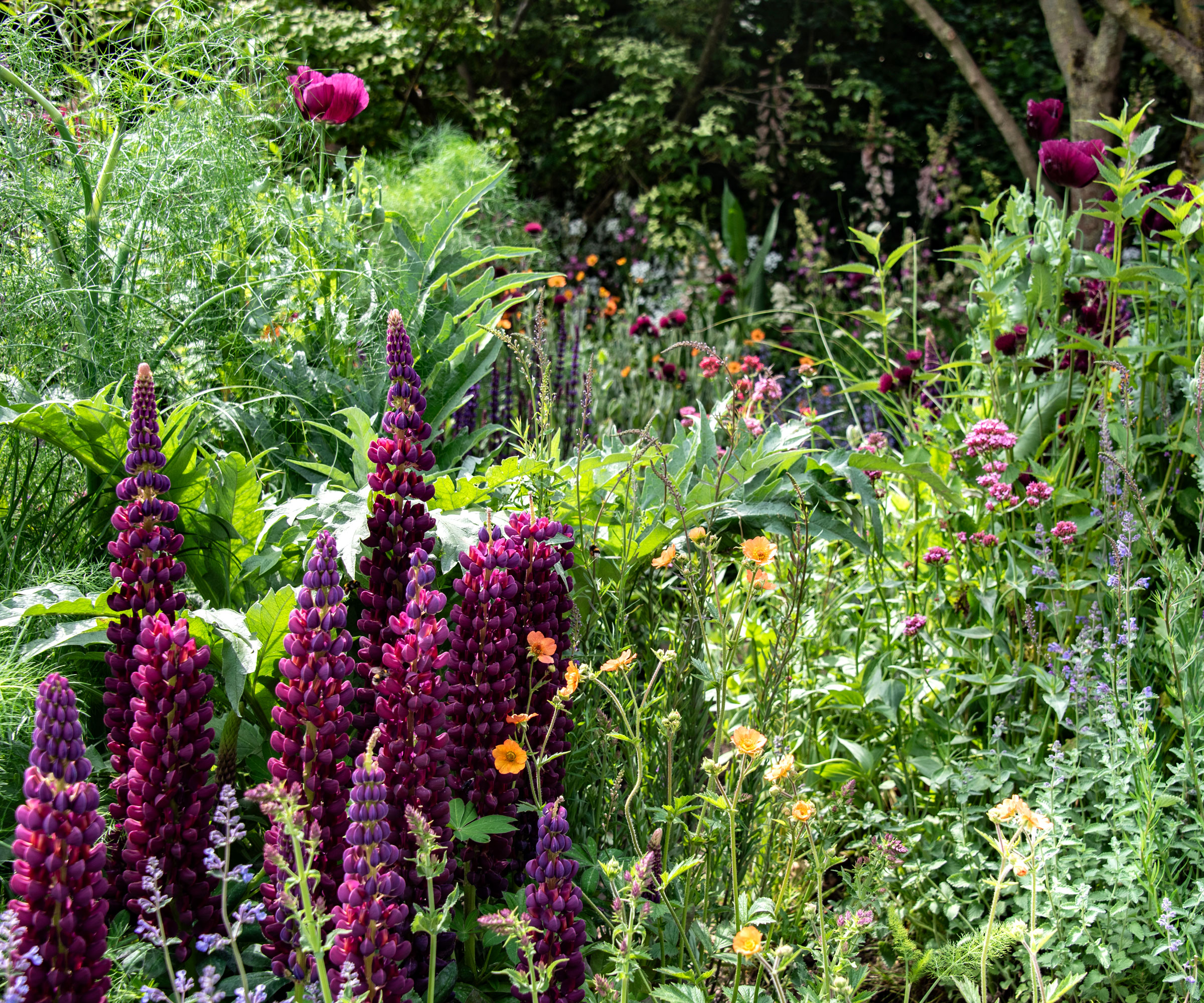
How to grow veronica
I think that veronica are some of the best tall perennial flowers, helping to plug gaps in borders with height and color. And, not only do they look good, but they are also some of the best plants for pollinators, valued by bees and butterflies for their nectar.
Fortunately for us, learning how to grow veronica is relatively simple, so long as you follow a handful of rules as set out here, with advice from one plant expert based in Wisconsin.
Growing habits for veronica
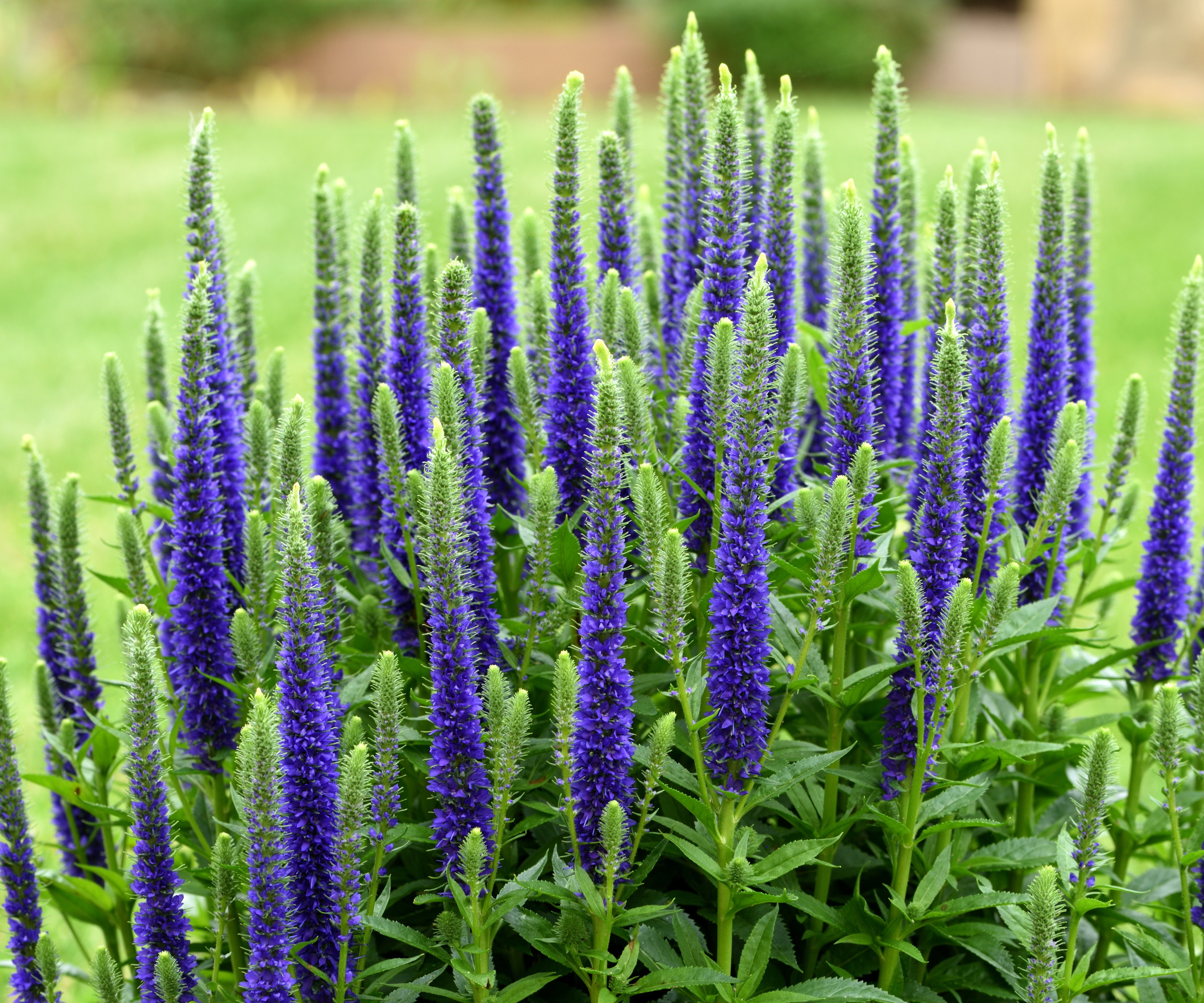
'Veronica, or speedwell, is a tough and hardy perennial that I adore,' says Katie Sunderlage, a garden expert based in Wisconsin.
'It can be grown down to zone 3, and is very adaptable to many types of conditions and climates.
Design expertise in your inbox – from inspiring decorating ideas and beautiful celebrity homes to practical gardening advice and shopping round-ups.
'I find they do best in full sun but can also be grown as part-shade perennials,' Katie adds, 'as they can tolerate some light shade or filtered sunlight.
'You can grow veronica from seeds, cuttings, divisions and also pre-potted young plants from nurseries.
'One of my favorite groups is the 'Skyward' series,' Katie says. 'This variety comes in lilac, blue, pink and light pink – take your pick!
'They are a fairly newer group of plants that have the same upright blooms of other varieties, but they are resistant to deer and powdery mildew and are bred to be more durable and hardy.
'What's more, most Veronica spp. have a high bloom count, attracting essential pollinators, which is wonderful to see.'
Live 'Pink Potion' veronica plants can be ordered now via Walmart, and will inject plenty of colorful pink blooms into your yard this year.

Operations Manager at Holland Group, managing the customer service department and purchasing. Katie has been in the green industry since 2005 in the Greater Milwaukee area, earning her degree in Horticulture in 2008. She has been able to share her love for plants working in multiple garden centers, in sales positions and most recently in an online retail platform at Holland Group.
Care guide for veronica
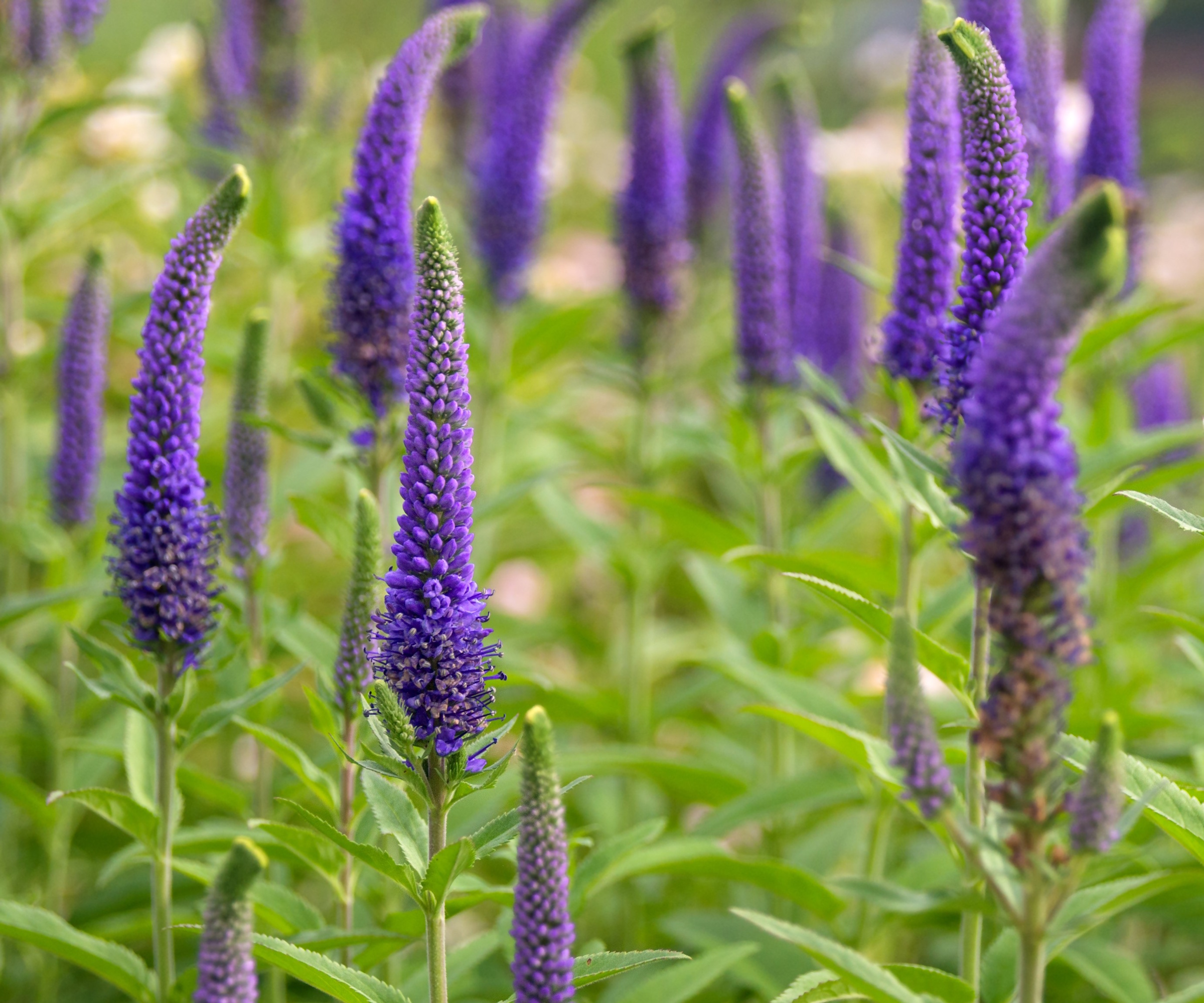
Soil: 'Plant in well-drained, fertile soil, as poor drainage can cause some potential issues such as leaf spot, root rot and powdery mildew,' Katie says. 'You can add some grit to the soil when planting, or remember to complete some mulching every year in the fall to improve the structure of your beds.'
Light: Veronica do best in full-sun situations, preferring at least six hours of direct sun each day. However, in warmer regions, like zone 8 or zone 9, you can get away with part-sun-part-shade, so long as they get a good few hours of light in the morning.
Watering: 'When planting, it’s important to complete some deep watering, thoroughly and regularly soaking your plants until established,' Katie adds. 'Once established, veronica can tolerate more drought-like conditions, but occasional watering is recommended during peak bloom time to help prolong flowers.'
Fertilizing: 'Using a slow-release, balanced fertilizer in spring is recommended to help them come out of dormancy,' Katie says. 'A bloom-booster can also help produce more flowers during August and September.' Try this organic bloom booster feed, available from Amazon.
Pruning: 'Deadheading or cutting back spent blooms is a great way to help encourage secondary blooms in the summer,' Katie adds. 'Then, you can leave brown stems to stand through the winter (for interest and to support wildlife), before trimming down to the base in February or March.'
Toxicity: Veronica is not reported as having any toxic effects on humans or pets.
FAQs
Can I grow veronica in pots?
Yes, you can grow Veronica spp. in pots. In fact, these colorful perennials are perfect for adding color and impact to container displays. Just be sure to keep pots well watered and fed during spring and summer, as they can quickly dry out and loose nutrients. For smaller containers, I would suggest growing a shorter variety, something like Veronica spicata 'Ulster Blue Dwarf', which grows no taller than one foot.
'It is a good idea to divide veronica plants every three years,' Katie says, 'which is beneficial for the overall health of the plant.
'Plants tend to start to die back in the center, which is an indication it’s time to divide. Divisions should be done in the fall when temperatures are a bit cooler.'
For more easy-to-grow blooms, check out our guide on the perennials that thrive on neglect, and fill your borders with low-effort but high-impact plants this year.
Shop planting accessories

Thomas is a Content Editor within the Gardens Team at Homes and Gardens. He has worked as a professional gardener for both public spaces and private estates, specializing in productive gardening, growing food and flowers. Trained in Horticulture at the Garden Museum, he has written on gardening and garden history for various publications, including The English Garden, Gardens Illustrated, Hortus, The London Gardener and Bloom. He has co-authored a Lonely Planet travel book, The Tree Atlas, due out in 2024.

